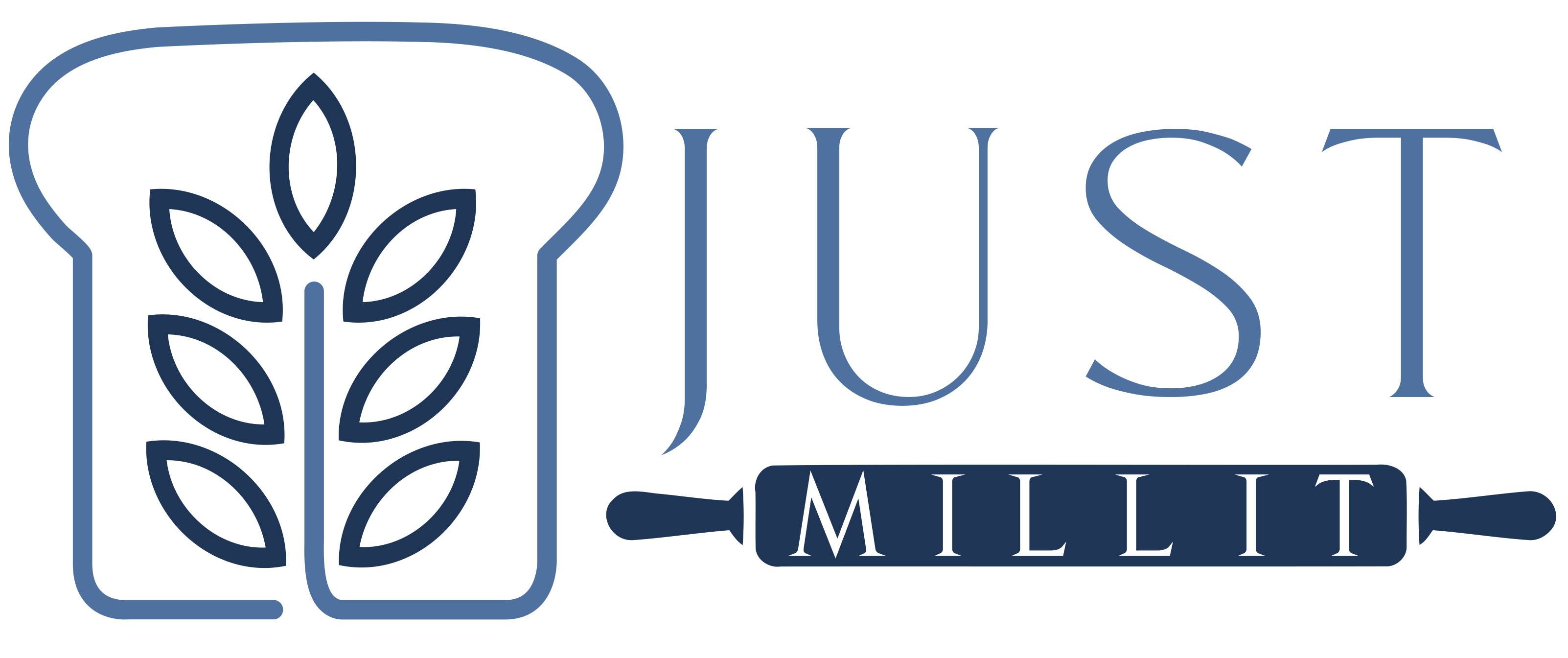Sucanat in Baking: Sugar Swap
When it comes to baking, finding a healthier sugar alternative can make a big difference in your overall health. One excellent option to consider is Sucanat (Sugar Cane Natural), a whole, unrefined cane sugar.
When it comes to baking, finding a healthier sugar alternative can make a big difference in your overall health. One excellent option to consider is Sucanat (Sugar Cane Natural), a whole, unrefined cane sugar.
Yacon syrup is a low-calorie sweetener known for its prebiotic properties. This post will guide you through substituting yacón syrup for white sugar, brown sugar, and powdered sugar in your baking.
Introduction Date syrup is a nutritious sweetener made from dates. This post will help you convert your recipes to use date syrup instead of white sugar, brown sugar, and powdered sugar. Why Avoid Refined Sugar? Refined sugar is not great for any diet, and we read more…
Maple syrup is a natural sweetener with a distinct flavor and several health benefits. This post will show you how to substitute maple syrup for white sugar, brown sugar, and powdered sugar in your recipes.
Want to make the switch from refined sugar to honey, but aren’t sure how? We got you covered, sweetheart!
Sweetener Swap: Substituting Sugar with Natural Alternatives in Baking Baking with natural sweeteners like honey, date syrup, and maple syrup can add unique flavors and nutritional benefits to your baked goods. However, these substitutions require some adjustments to ensure your recipes turn out perfectly. Here’s read more…
Introduction: A Step Back in Time Picture this: It’s the 1800s in the United States, and baking bread is an essential daily task. Families relied on traditional methods to create the perfect loaf. One such method involved using yudane, a technique that has stood the read more…
Introduction: A Journey Back in Time Imagine a time when the aroma of freshly baked bread filled every home, a staple in every kitchen. Let’s travel back to the 1800s in the United States, where barley malt powder was a key ingredient in the beloved read more…
When it comes to baking the perfect loaf of bread, many factors come into play. One often overlooked ingredient that can make a significant difference is vitamin C, also known as ascorbic acid. But why is vitamin C so crucial in bread making? Let’s dive read more…
Research suggests that whole grains are beneficial in cancer prevention, particularly for colorectal cancer, but also potentially for other types. Here are some key findings: Colorectal Cancer Other Types of Cancer Mechanisms of Action Conclusion Incorporating whole grains into your diet is a practical and read more…
Stay in the know with all things fresh milled flour, including book updates.
